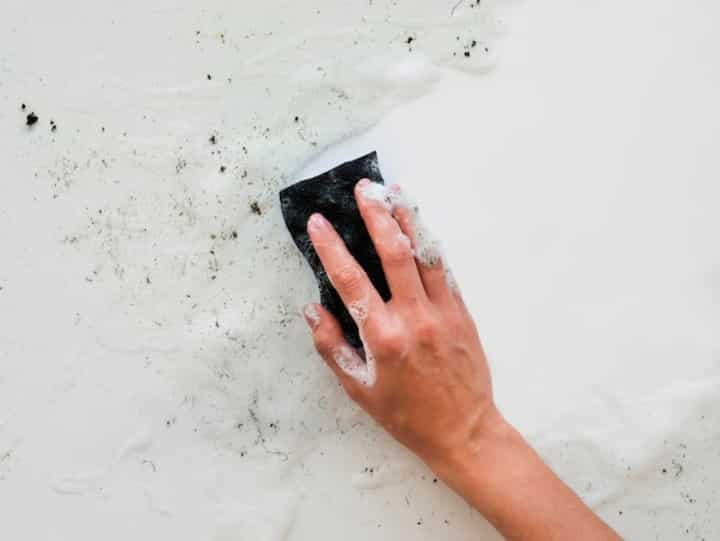
Maximize Energy Efficiency with Thermal Imaging Inspection Services
In today's rapidly evolving world, energy efficiency has become a crucial consideration for both residential and commercial properties. One innovative approach to enhancing energy efficiency is through thermal imaging inspection services. These services utilize advanced technology to identify energy inefficiencies, potential issues, and areas for improvement, ultimately helping property owners save on energy costs while contributing to environmental sustainability.
Understanding Thermal Imaging Inspection
Thermal imaging inspection is a non-invasive technique used to detect temperature variations in buildings. By capturing infrared images, it provides a visual representation of heat distribution across surfaces. This method is particularly effective in identifying issues such as air leakage, insufficient insulation, and electrical faults, which can significantly impact a property's energy efficiency.
Benefits of Thermal Imaging Inspection
- Early Problem Detection: Thermal imaging can detect hidden issues that are not visible to the naked eye, allowing for early intervention and prevention of costly repairs.
- Enhanced Energy Efficiency: By pinpointing areas of energy loss, property owners can take targeted actions to improve insulation and sealing, reducing energy consumption.
- Cost Savings: Addressing energy inefficiencies through thermal imaging can lead to significant reductions in utility bills over time.
- Increased Property Value: Energy-efficient properties are often more attractive to buyers and tenants, potentially increasing market value.
For more in-depth understanding, one can read more about this topic and explore the various applications and effectiveness of thermal imaging inspections.
How Thermal Imaging Works
Thermal imaging cameras detect infrared radiation emitted by objects. As every object emits heat, the camera captures this data and converts it into an image, where different colors represent varying temperatures. This allows inspectors to visualize hot and cold spots within a building, which can indicate issues such as:
- Air leaks around windows and doors
- Insulation gaps in walls and roofs
- Overheating electrical components
- Moisture intrusion that may lead to mold growth
To learn more in this detailed guide about the technology behind thermal imaging and its practical applications, interested parties can delve deeper into the subject.
Implementing Thermal Imaging for Energy Audits
Conducting a thermal imaging inspection as part of an energy audit involves several steps. Initially, an inspector surveys the building using a thermal camera to identify potential problem areas. Following this, a detailed report is generated, outlining findings and recommended actions.
Steps Involved in an Energy Audit
- Initial Assessment: An overview of the property to understand its specific energy needs and challenges.
- Thermal Imaging Survey: Conducting a thorough thermal scan to identify areas of energy loss.
- Data Analysis: Interpreting the thermal images to diagnose issues such as insufficient insulation or air leaks.
- Report Generation: Compiling a detailed report with actionable recommendations for improving energy efficiency.
For those considering thermal imaging as part of their energy audit, explore further insights here to understand its role in comprehensive energy assessments.
Choosing a Thermal Imaging Inspection Service
When selecting a thermal imaging inspection service, it's important to consider factors such as experience, certification, and customer feedback. Reliable services typically employ certified inspectors with expertise in building diagnostics and energy efficiency. Additionally, reviewing customer feedback can provide valuable insights into the quality of service offered. Check out customer reviews here to gain an understanding of client satisfaction and service reliability.
As property owners become more aware of the benefits of energy efficiency, the demand for thermal imaging inspection services continues to grow. By investing in this technology, individuals can not only reduce their environmental footprint but also achieve long-term savings on energy costs. For those interested in enhancing their property's energy performance, find additional information here on how to effectively incorporate thermal imaging into their energy management strategy.